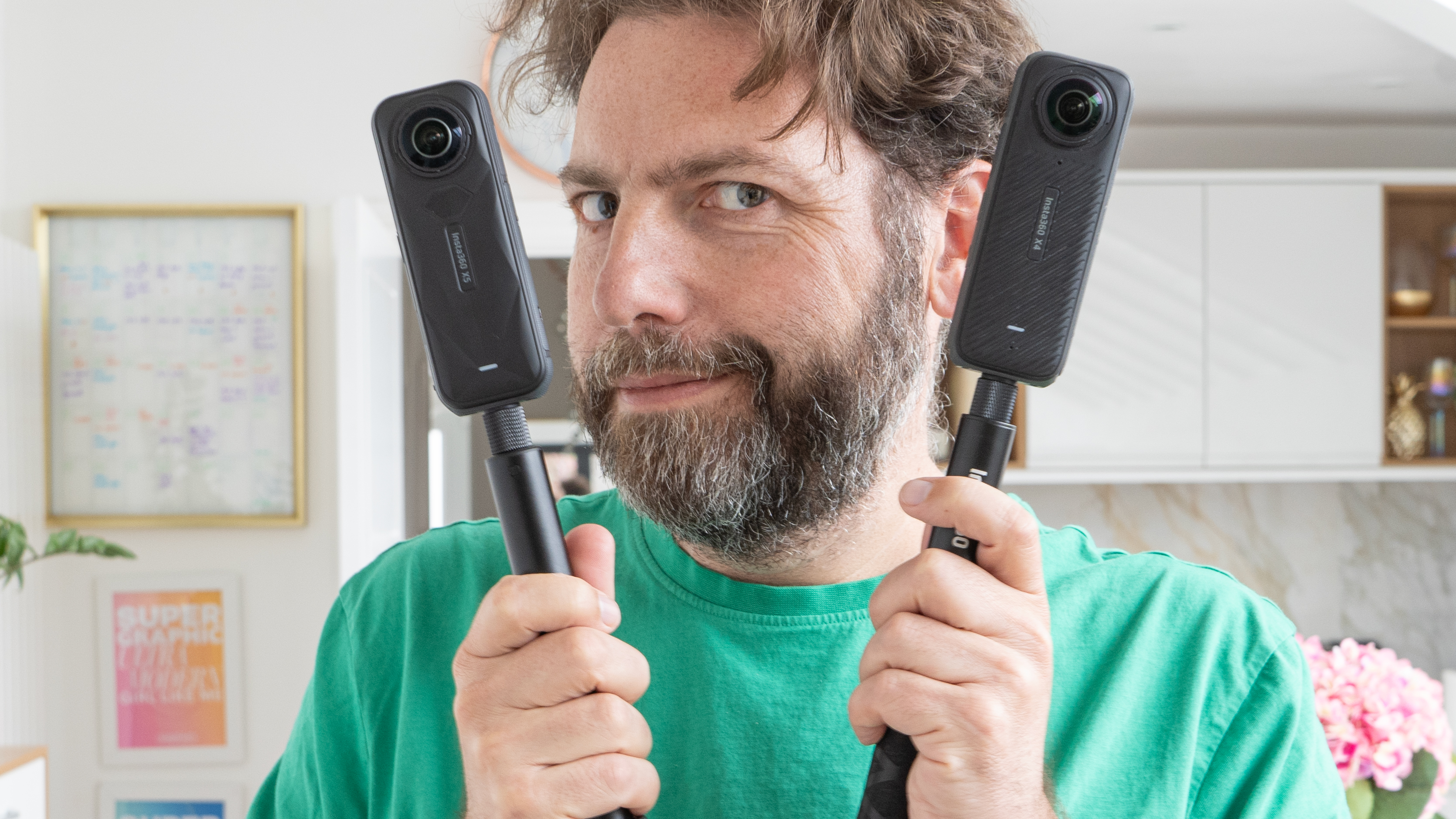Pangolins, satellites and "aliens" highlight Woman Science Photographer of the Year
Phenomenal female photography celebrated in time for the International Day of Women and Girls in Science
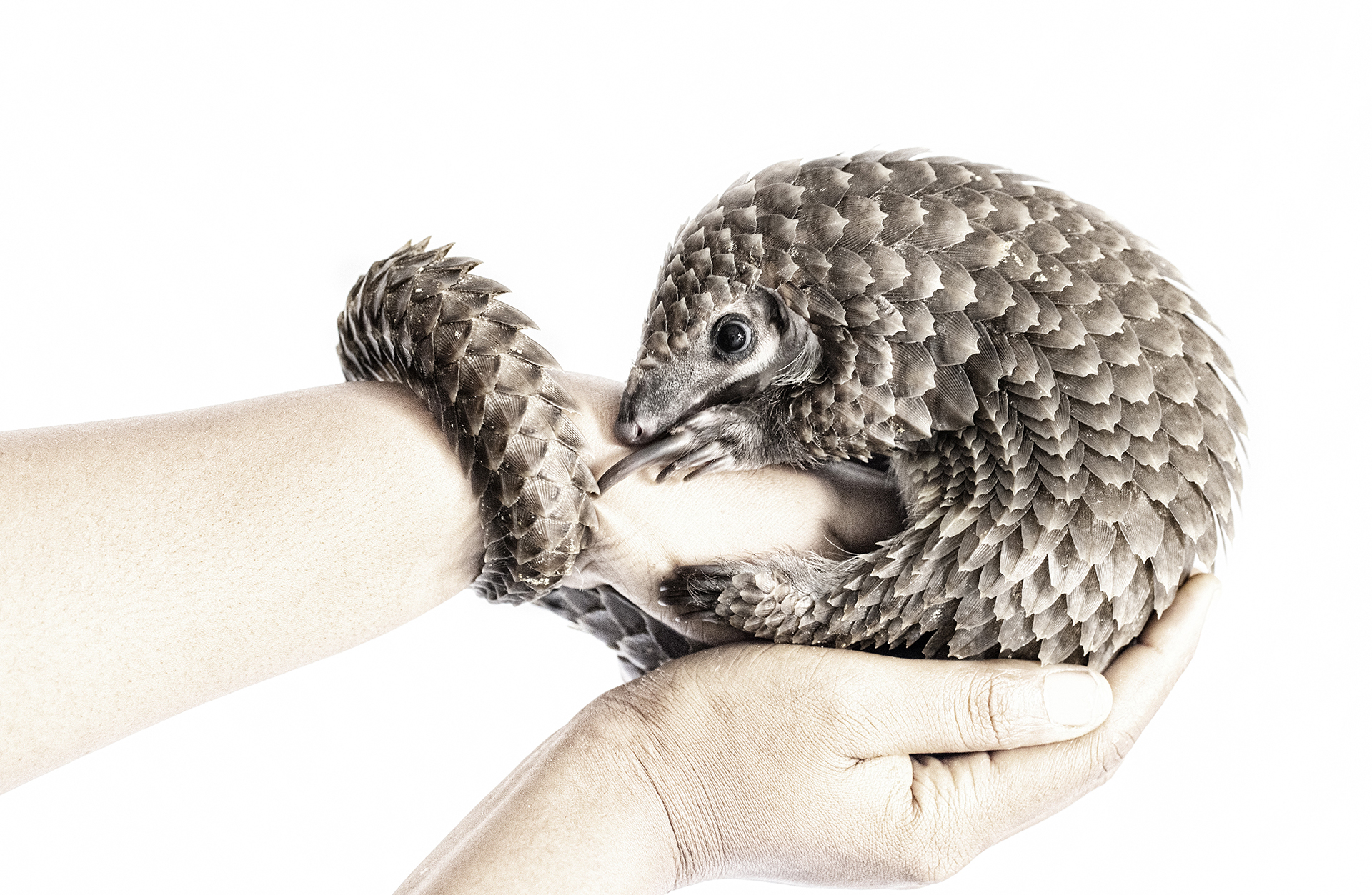
On February 11 we celebrate the International Day of Women and Girls in Science – and in timely fashion, the Royal Photographic Society has announced the winners and finalists of the inaugural Woman Science Photographer of the Year 2023 competition.
The international contest "celebrates the remarkable stories behind scientific exploration and application, depicting its impact on our everyday lives and illustrating how photography helps record and explain global issues and scientific events."
It is open to all female and female-identifying photographers, irrespective of age or photographic experience. "Student or researcher, amateur or professional photographer, scientist or person interested in the world; anyone can take part in the competition."
Judged by professional photographers Yas Crawford, Kym Cox and Gigi Williams, along with chair of the RPS Women in Photography Group, Teri Walker, the competition was won by Margaret LeJeune for her bioluminescent triptych.
"This award calls attention to the exciting creative research that many women-identifying artists around the world are doing in their studios, labs, and classrooms," said LeJeune. "Representation helps to invite the next generation to follow their curiosity and get involved in the fields of science and art."
Below are the winning and runner-up images, along with comments from the photographers. For more information on the competition visit the official website, and you can click here for details on the RPS Women in Photography Group.
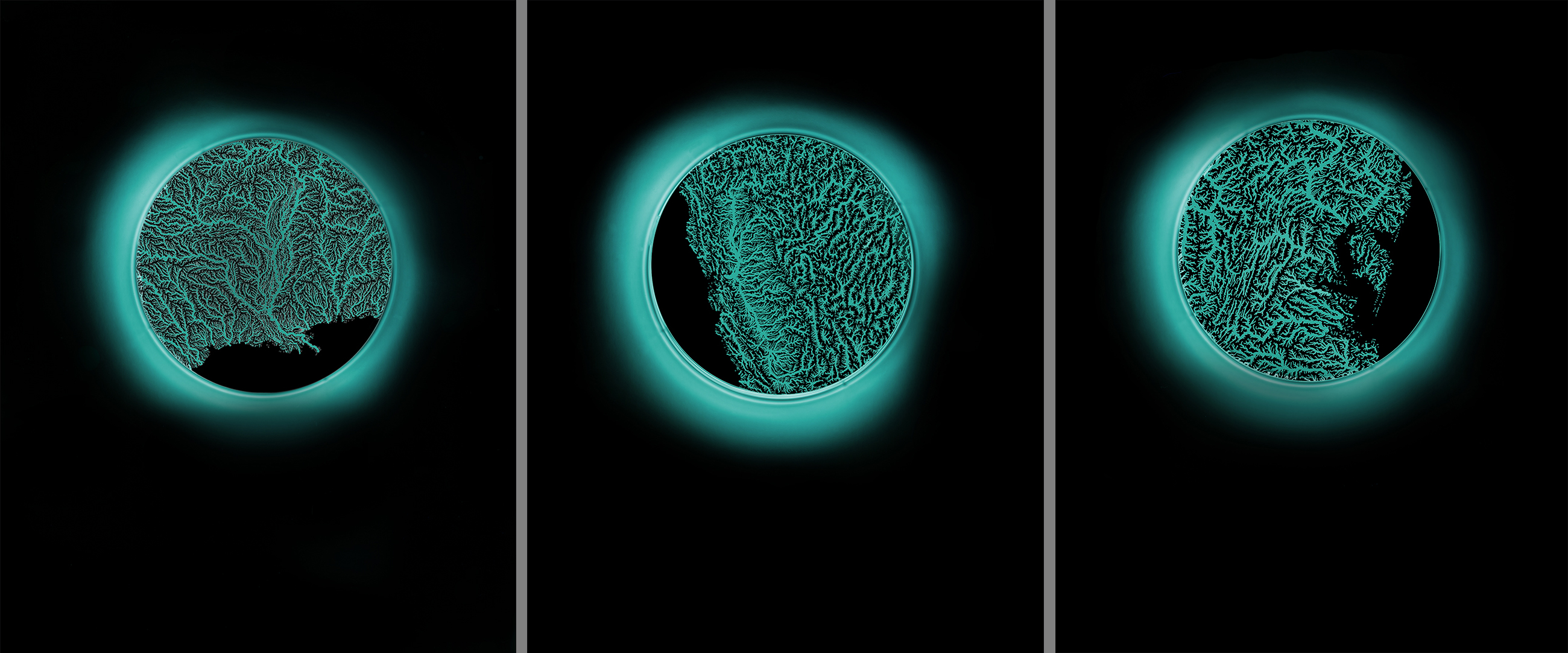
Winner – Woman Science Photographer of the Year
Wathershed Triptych by Margaret LeJeune (USA)
Get the Digital Camera World Newsletter
The best camera deals, reviews, product advice, and unmissable photography news, direct to your inbox!
"Watershed Triptych harnesses the light of bioluminescent dinoflagellates to illuminate watershed maps from the United States Geological Survey Hydromap project. These organisms, colloquially known as sea sparkle, are also the same marine life that generate red tide algal blooms.
Though sometimes naturally occurring, these harmful blooms have been increasing in numbers over the past 30 years as larger and more powerful storms flood factory farms causing excessive nutrients to spill into the waterways from CAFO overflows. These maps represent the three largest watersheds in the United States and the outflow areas where algal blooms have been recorded."
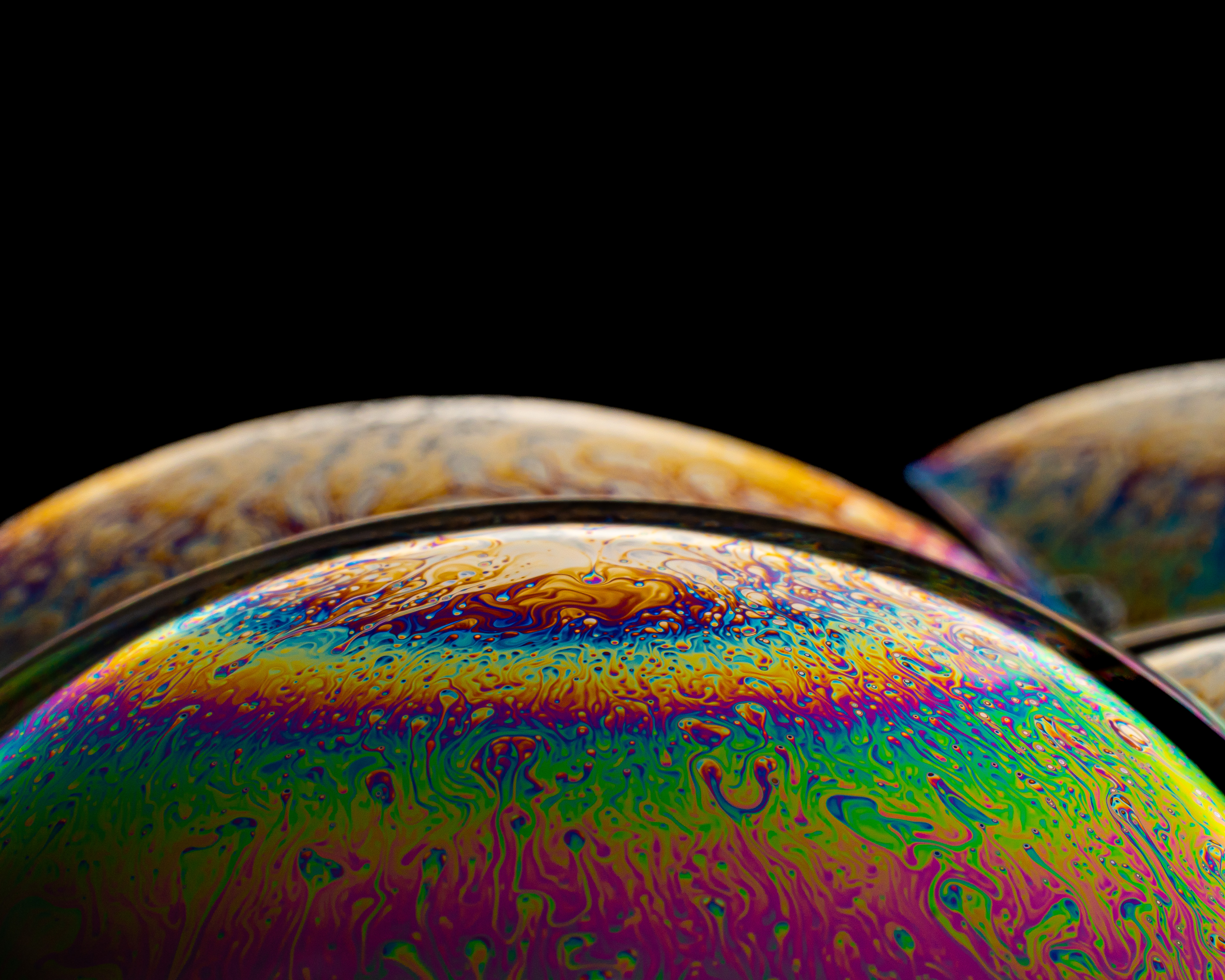
Winner – Young Woman Science Photographer of the Year (Under 18)
The Beauty of Soap Bubbles by Kelly Zhang (USA)
"I took this photograph of soap bubbles in 2022 and was genuinely amazed by their iridescent hues and rich textures. The swirling pattern of colors is caused by thin-film interference, where light reflected from the outer soap layer interferes with light reflected from the inner soap layer."
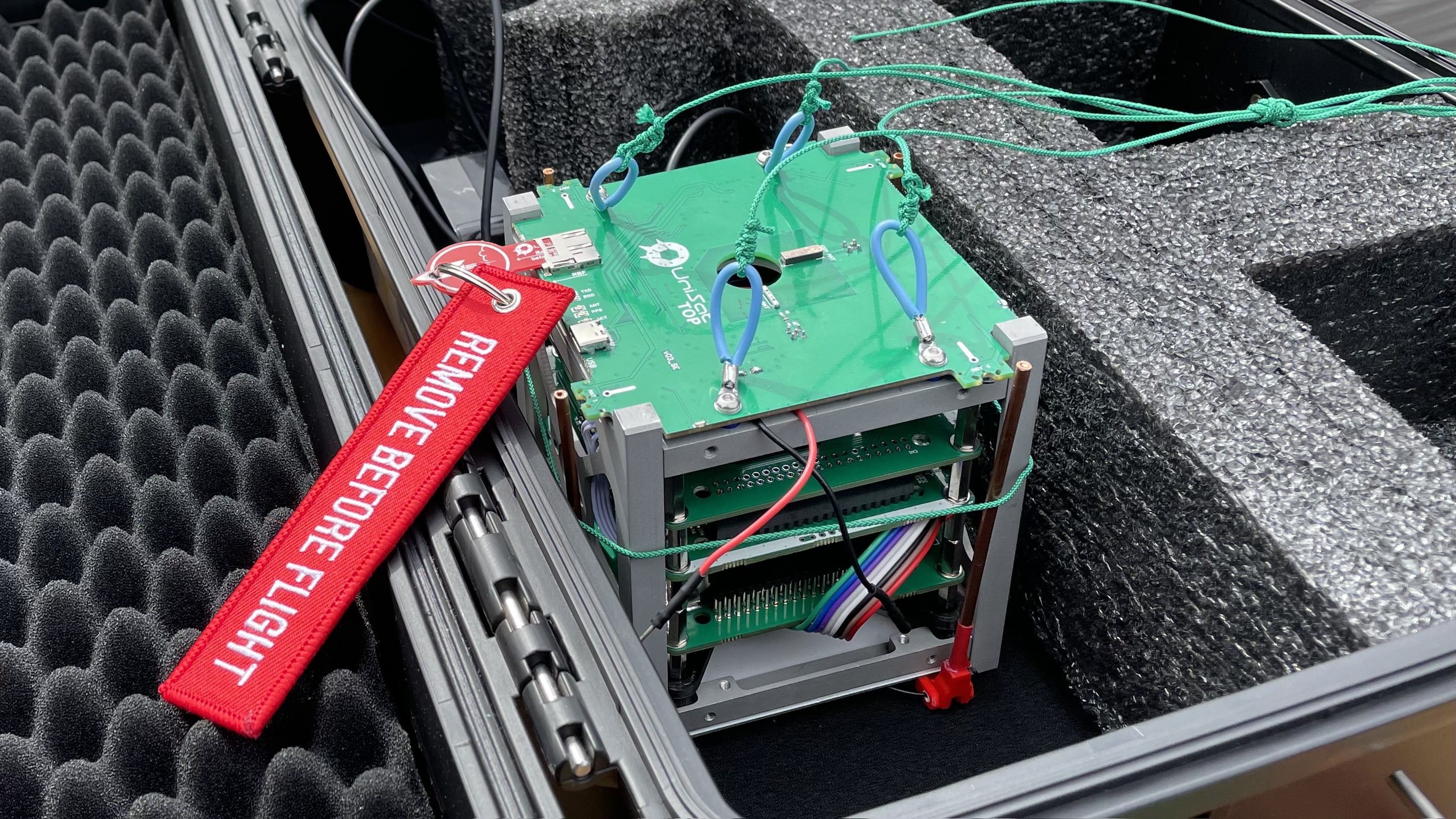
Runner-up – Young Woman Science Photographer (under 18)
Nanosatelite by Lina Yeleuova (Kazakhstan)
"On March 27, more than 150 female participants of the UniSat educational program from Kazakhstan, Kyrgyzstan, and Uzbekistan launched three state-of-the-art nanosatellites into the stratosphere. The nanosatellites, which belong to a class of small spacecraft, are equipped with several cameras, one of which is capable of capturing elliptical images of the Earth in 4K resolution. Girls and I were selected from 2,000 young women who had previously completed the UniSat online course to create and launch nanosatellites."
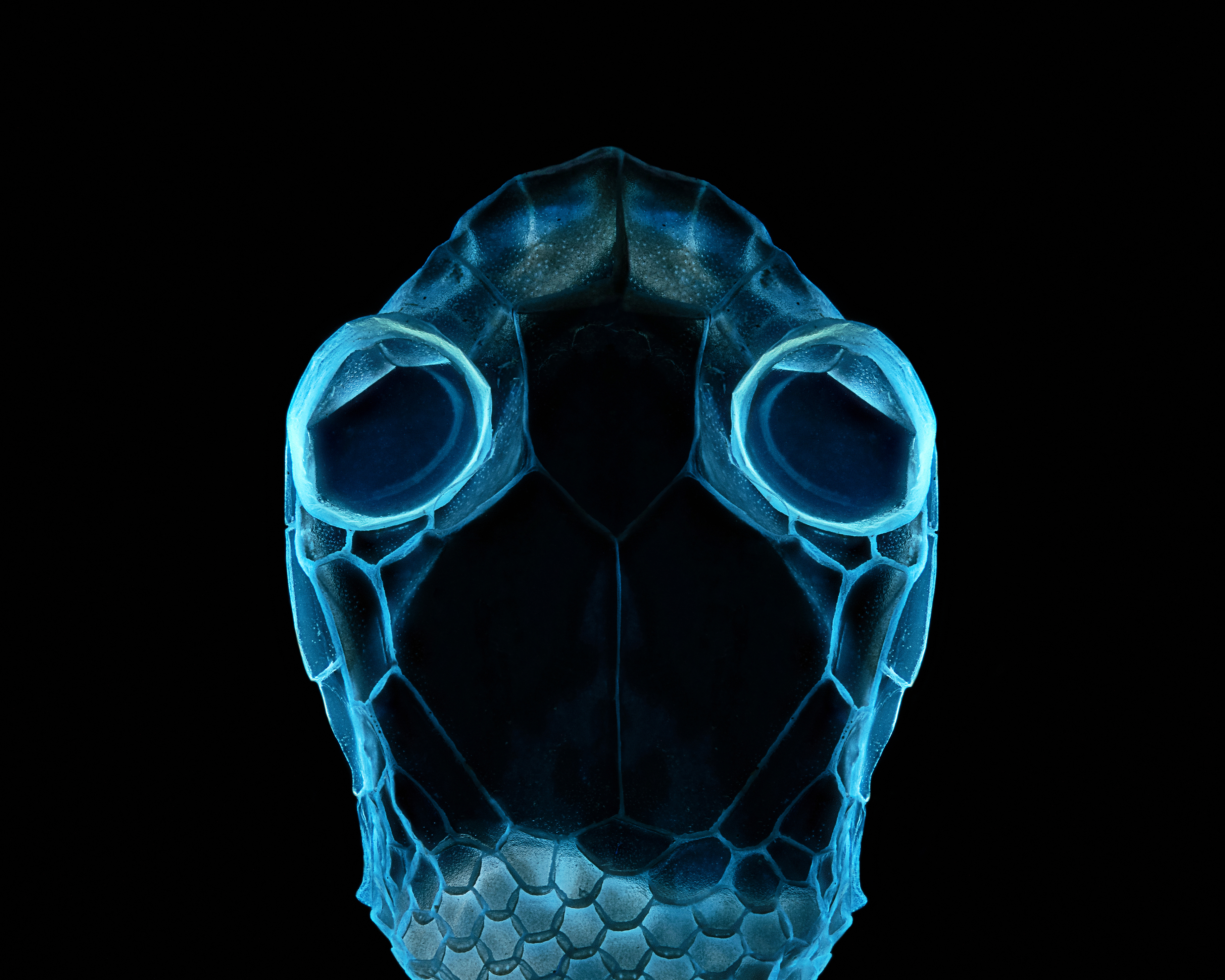
Finalist
Portrait of an Alien by Irina Petrova Adamatzky (UK)
"A photo of the skin of a corn snake (Pantherophis guttatus). It was made using ultraviolet light. It's a scientific fact that snakeskin glows in ultraviolet light which herpetologists use to find snakes in the dark since the end of last century."
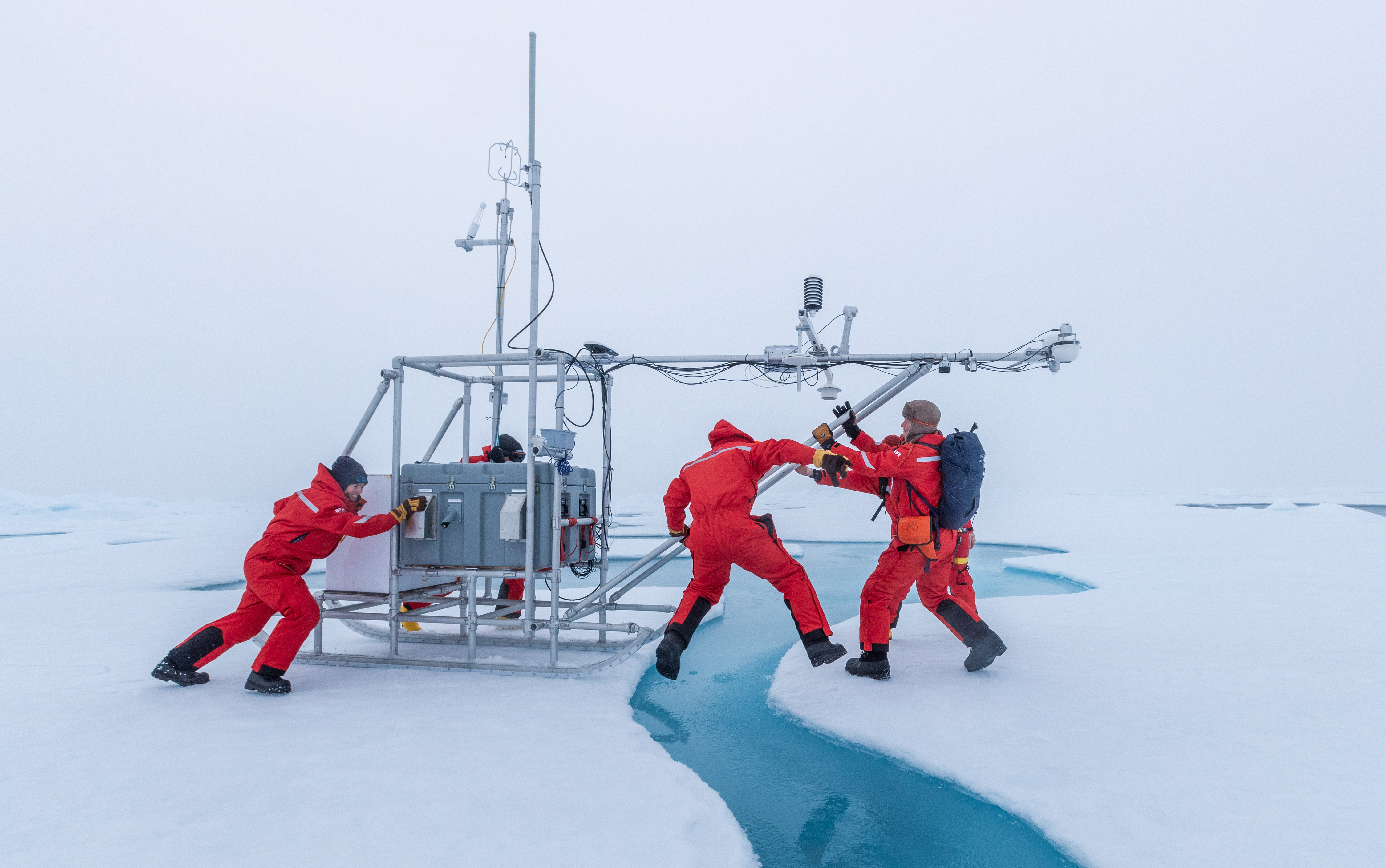
Finalist
Leap of Science by Lianna Nixon (USA)
"After weeks searching for the perfect ice floe, the MOSAiC Expedition team puts out tonnes of research equipment onto the sea ice to understand the coupled Central Arctic Climate system and its future. To implement some equipment means facing obstacles, like moving equipment over ridges, difficult terrain, and melt ponds which have melted through the surface of the sea ice to the ocean. A group of scientists push an ASFS flux sled over a lead in the sea ice in hopes to find place it can measure the surface reflectivity of sea ice."

Finalist
Helping Hands by Prelena Soma Owen (South Africa)
"Rescued white-bellied baby pangolin gets prepared for its morning feed. Taken at Lekki, Lagos, Nigeria at a center that rescues, rehabilitates and releases pangolins."
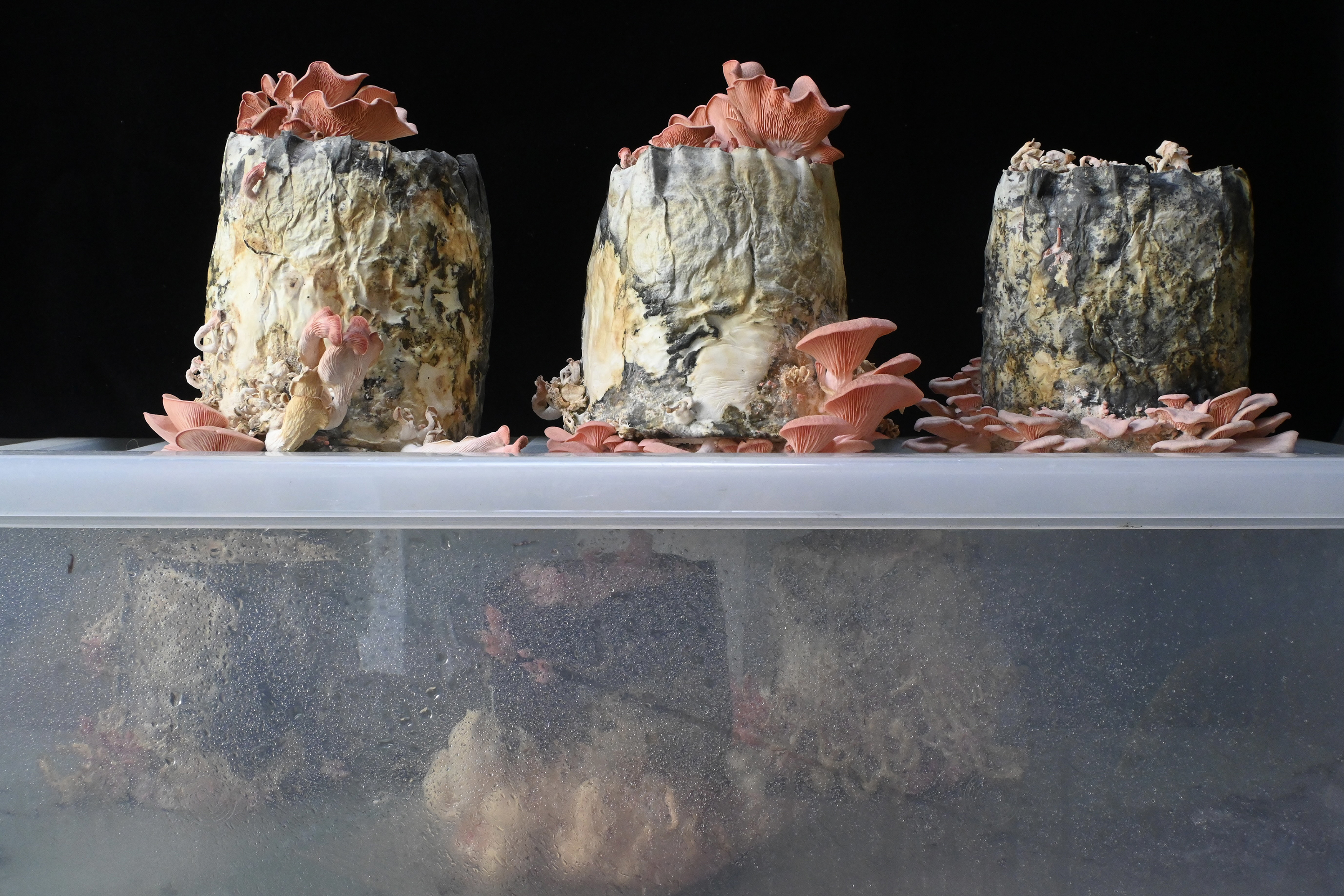
Finalist
Colony by Jindra Jehu (UK)
"Colony 2022 is a sculptural work made from paper and engine oil which has been transformed by the growth of Pink Oyster Mushrooms. The work questions the ability of the ‘grey kingdom’ to convert hydrocarbons into fungal sugars. Land and water cleansed through mycoremediation."
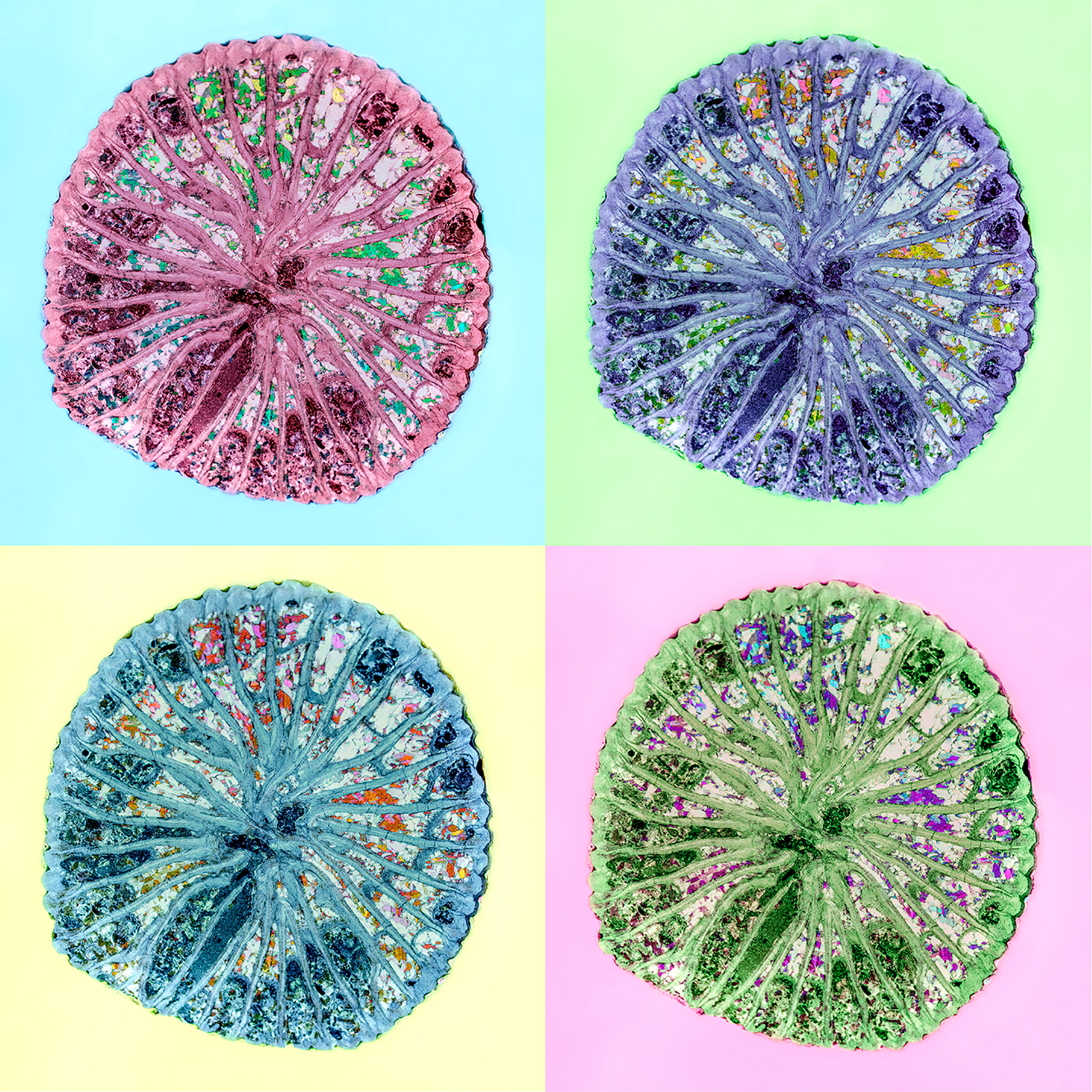
Finalist
Rugose Coral by Christine Fitzgerald (Canada)
"This is a photo collage created from a cross-section of an extinct Rugose Solitary Coral from Anticosti Island (Québec), Canada. The coral is from the Late Ordovician Mass Extinction on Earth approximately 450 million years ago."
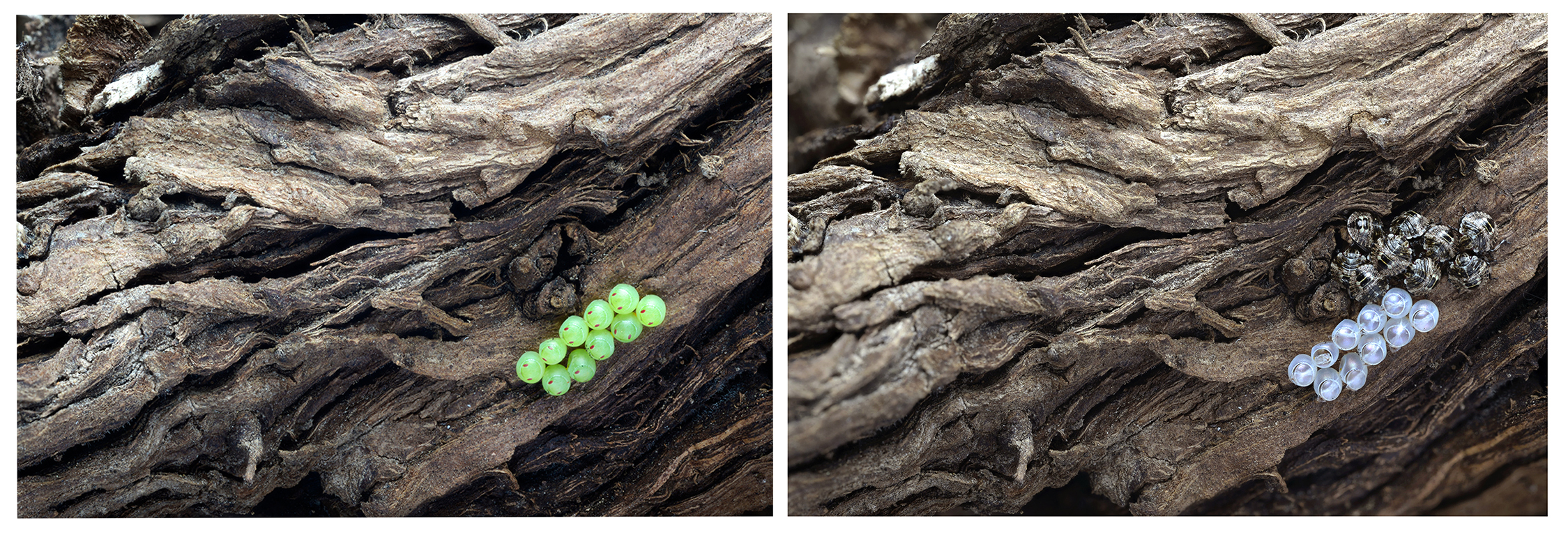
Finalist
Green Potato Bugs Cuspicona Simples by Danielle Edwards (Australia)
"Cuspicona simplex commonly called Green potato bugs. Bright lime green eggs were studied and photographed over time until eggs hatched and nymphs appeared. Once hatched the nymphs continue to huddle in a group till eventually dispersing individually when safe."

James has 22 years experience as a journalist, serving as editor of Digital Camera World for 6 of them. He started working in the photography industry in 2014, product testing and shooting ad campaigns for Olympus, as well as clients like Aston Martin Racing, Elinchrom and L'Oréal. An Olympus / OM System, Canon and Hasselblad shooter, he has a wealth of knowledge on cameras of all makes – and he loves instant cameras, too.
